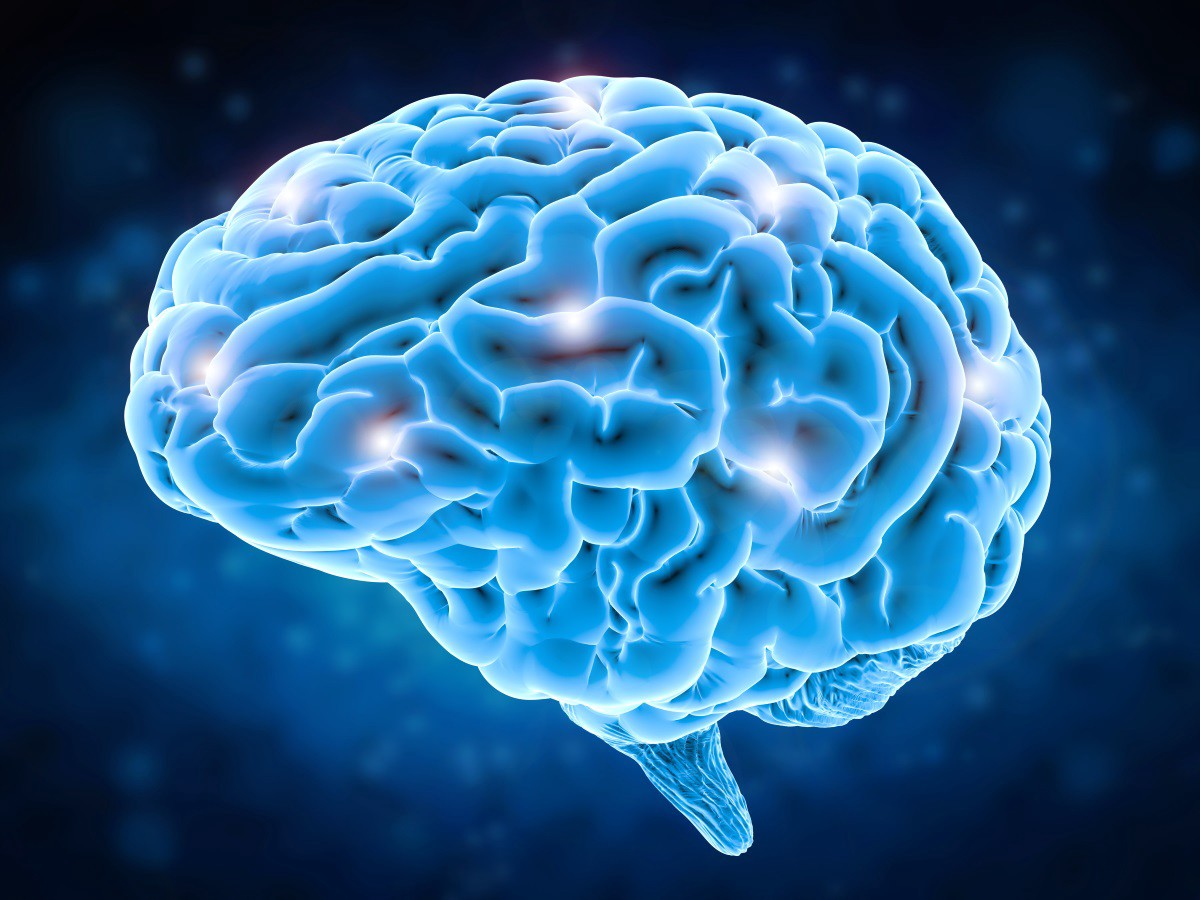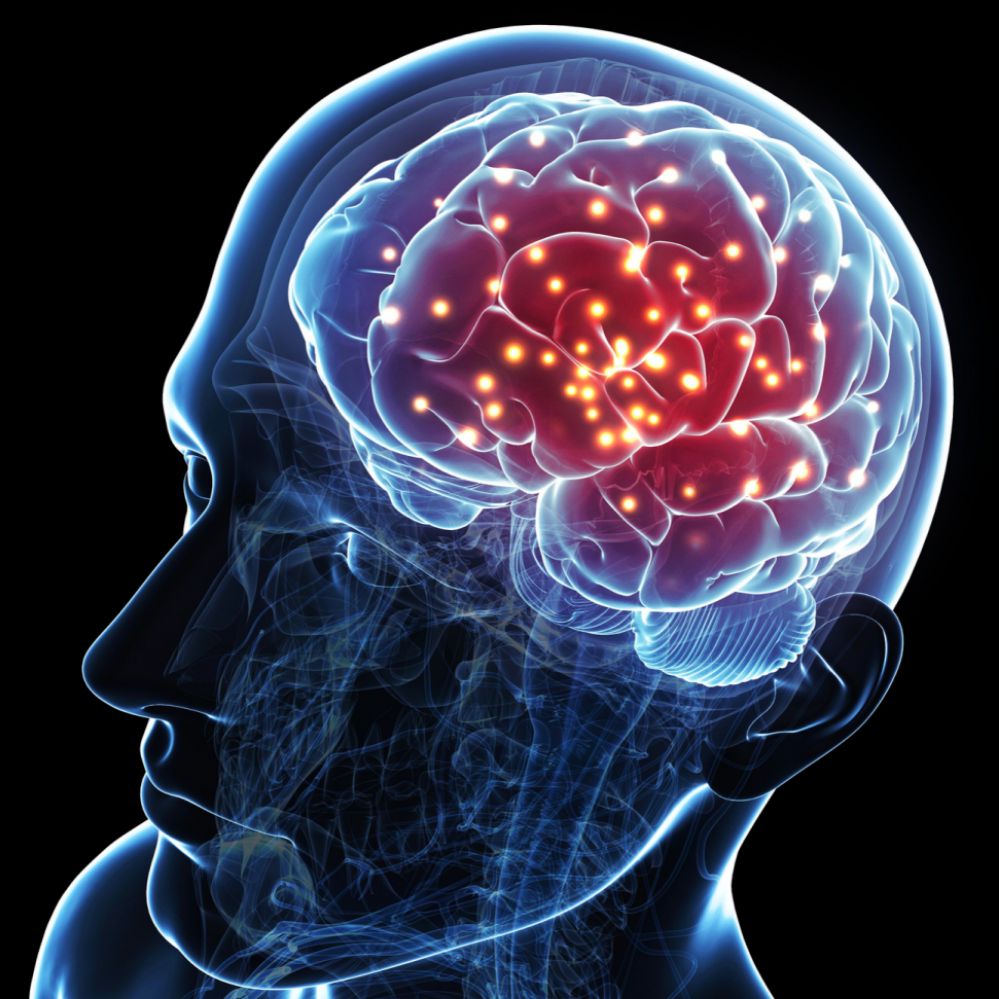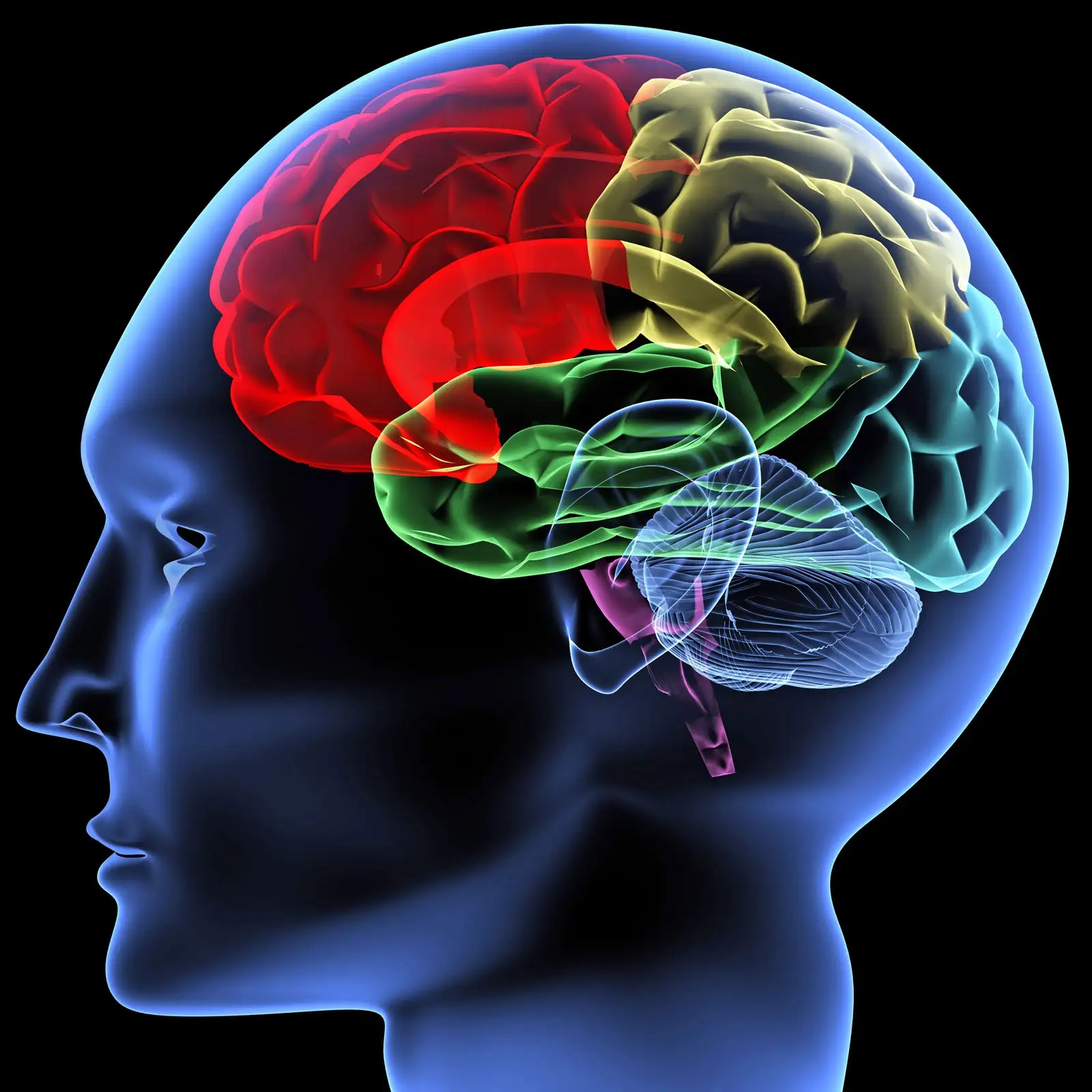Do Humans Really Use 10% Of Their Brains? Myth Vs Reality
Do humans really use 10% of their brains? Nope. People like to say that people only use 10% of their brains. This is something that pseudoscientific authors and Hollywood writers like to say. It's a fallacy that people only employ 10% of their brain capacity. According to fMRI scans, even simple tasks demand practically whole-brain activation.
Author:Xander OddityReviewer:Dr. Felix ChaosphereDec 01, 2022146 Shares2K Views
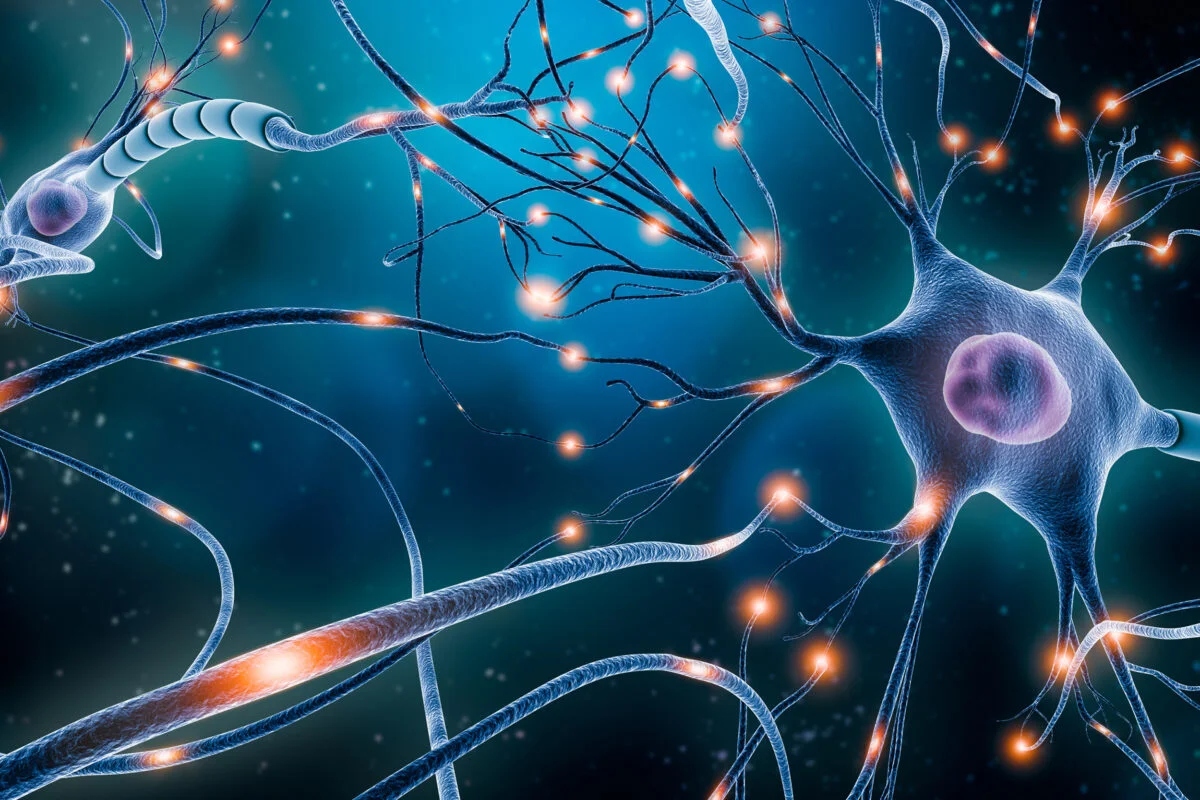
Do humans really use 10% of their brains? Nope. People like to say that people only use 10% of their brains. This is something that pseudoscientific authors and Hollywood writers like to say.
Why?
Because it gives people the idea that there is a lot of untapped potential that could be used if you just do that or that [insert some Hollywood plot here] or spend money on some useless supplement.
But it's simply untrue. If that had any truth in reality, what a squandering of evolutionary potential!
The way a person perceives their environment is influenced by their brain. There are around 100 billion neurons in the brain, which weighs about 3 pounds.
The human body's most complex organ is the brain. Many people think that people only employ 10% of their brains.
Is this true in any way? Let's discuss in detail every bit related to it. This article examines how much of a person's brain they actually use.
Is It True That Humans Use 10% Of Their Brain?
Do humans really use 10% of their brains? According to a 2013 survey, 65 percent of Americans think that humans only use 10 percent of their brains.
But according to an interview with neurologist Barry Gordon in Scientific American, this is really fiction. He clarified that most of the brain is almost constantly in use.
Functional magnetic resonance imaging (fMRI), a common way to look at the brain, can track how the brain works as a person does different things.
Researchers have demonstrated using this and related techniques that even when a person is carrying out a fairly basic action, the majority of their brain is active.
Even when someone is sleeping or resting, their brain is still very busy. Everybody's brain uses a different proportion of its total capacity.
Additionally, it is based on what a person is doing or thinking.
Why Do Humans Think That They Only Use 10% Of Their Brain?
Let's not look for someone else to blame other than humans. The majority of humans repeat amusing things they hear without ever checking to see if they are true.
But you can respond the next time someone offers this bogus "fun fact" with some real science. To start with:
- Why does almost every brain lesion have an impact on their lives if just 10% of their brains are functional? If humans just used 10%, there would be no consequences because humans still have the remaining 90%.
- Why would humans have selected a 90% ineffective version of their most distinctive trait, the very thing that makes them human? It is not consistent with evolution. If it were merely empty grey matter, that space could be put to better use.
- More than 10% of human brain is active, according to brain scans using functional magnetic resonance imaging (fMRI) and positron emission tomography (PET). In actuality, no area of the brain is electrically inactive (even if humans don't yet fully understand what it does).
Where Did The Myth Come From?
The 10% Myth's genesis is unknown, but some claim that a misinterpretation of a line from a William James article is to blame (1907).
Below is the quotation:
“„Most of us feel as if we lived habitually with a sort of cloud weighing on us, below our highest notch of clearness in discernment, sureness in reasoning, or firmness in deciding. Compared with what we ought to be, we are only half awake. Our fires are damped, our drafts are checked. We [p. 323] are making use of only a small part of our possible mental and physical resources.
Take note of James' claim that humans frequently lack both physical and mental vigor. He makes no inference that humans just employ a fraction of their brains.
In reality, he was seeing how routine, social norms, and decorum are not enough to get a person to use all of their resources.
James's claim is in line with what humans know about attention and flow states now, but it's clear that he didn't mean that most people only use 10% of their brainpower most of the time.
Additional Brain Myths
You might also wish to address some of the other myths surrounding the brain. They consist of the following:
- Either the left or the right brain predominates in people.
- Amnesia is the loss of memory of one's identity.
- By puberty, the brain has finished developing.
- The brain is dormant while you are sleeping.
- Permanent function loss results from brain damage, especially in the elderly.
- Brain training increases IQ and slows brain deterioration.
- Brain function declines significantly in old age.
- Learning and IQ can both be improved by listening to Mozart or baroque music.
Brain Facts
Now that some beliefs about the brain have been debunked, let's look at some actual facts.
Utilization Of Energy
A person's brain weighs about 2% of their body weight yet consumes 20% of their oxygen and calories.
Hydration
It was discovered in 1945 that the brain contains approximately 73% water. The brain needs to stay hydrated.
Even a 2% dehydration can impair a person's ability to perform tasks requiring attention, memory, and motor skills.
Cholesterol
People frequently believe that the type of fat known as cholesterol is harmful to their health. It is true that consuming excessive amounts of cholesterol is hazardous for the heart.
However, not many are aware of the important role that cholesterol plays in a person's brain.
The brain's cells cannot survive without cholesterol. The brain cells hold about 25% of the total cholesterol in the body.
Enhancing Brain Activity
Like any other organ, the brain is influenced by a person's way of life, food, and level of physical activity.
The following actions can be taken by a person to enhance their mental well-being.
Consume A Healthy Diet
Healthy eating enhances overall health and happiness. Additionally, it lowers the possibility of acquiring conditions like:
- Cardiovascular disease.
- Type 2 diabetes.
- Obesity in later life.
Foods that support brain health include:
- Veggies and fruits have black skin: Some foods, such as spinach, broccoli, and blueberries, are high in vitamin E. Others, such as red peppers and sweet potatoes, are high in beta carotene. Beta carotene and vitamin E support healthy brain function.
- Fatty fish Omega-3 fatty acids: They are found in salmon, mackerel, and tuna, may help your brain work better.
- Pecans with walnuts: They are abundant in antioxidants, which support healthy brain function.
Regular Exercise
The risk of health issues that could result in dementia is also lowered by regular exercise.
Walking briskly for 30 minutes a day can serve as a sufficient cardiovascular exercise to lower the risk of diminishing brain function.
Other practical and affordable choices include cycling, jogging, and swimming.
Maintain Mental Activity
A person's mental abilities get better the more they use their brain. Exercises for the brain are a fantastic way to maintain general brain health because of this.
A recent ten-year study found that people who engaged in brain training exercises had a 29% lower risk of developing dementia.
The most efficient training concentrates on accelerating the brain's processing rate and capacity for speedy comprehension of complex information.
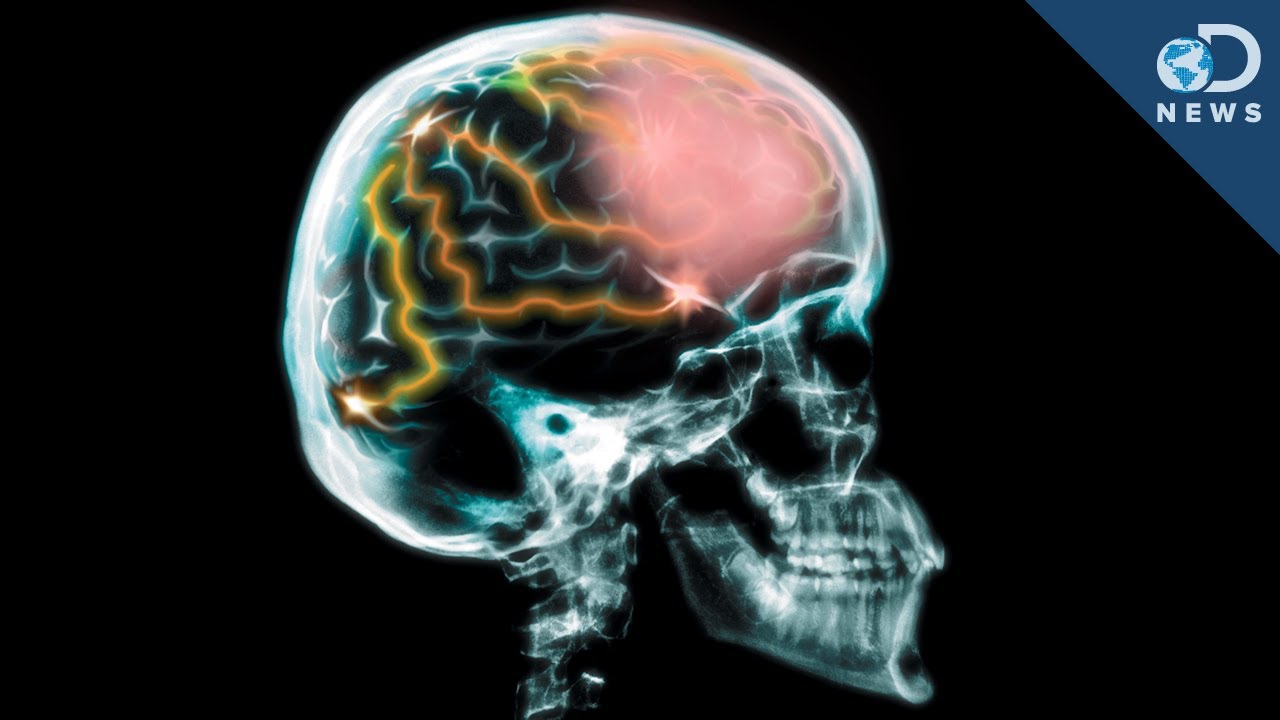
Do We Really Use Only 10% Of Our Brain?
People Also Ask
How Can I Use 100% Of My Brain?
- Exercise - The brain exercises together with our bodies while you exercise.
- Sleep - The brain cannot operate at its optimum when there is a shortage of sleep.
- Avoid taking time away from fun and social activities.
- Organize your tension.
- Eat healthfully.
- Develop your brain.
How Much Did Einstein Use His Brain?
Albert Einstein operated his brain at full capacity. It is said that he used 100% of his brain.
How Much Of The Brain Is Undiscovered?
According to a new study, a precise new map of the human brain's outer layer identifies approximately 100 brain areas that have not yet been described. The new map might eventually assist brain surgeons in organizing procedures.
Conclusion
Because of the complexity of the organ, researchers are continually learning new things about the brain. So, do humans really use 10% of their brains?
It's a fallacy that people only employ 10% of their brain capacity. According to fMRI scans, even simple tasks demand practically whole-brain activation.
Even though there is still much to learn about the brain, scientists are working to bridge the knowledge gap.

Xander Oddity
Author
Xander Oddity, an eccentric and intrepid news reporter, is a master of unearthing the strange and bizarre. With an insatiable curiosity for the unconventional, Xander ventures into the depths of the unknown, fearlessly pursuing stories that defy conventional explanation. Armed with a vast reservoir of knowledge and experience in the realm of conspiracies, Xander is a seasoned investigator of the extraordinary.
Throughout his illustrious career, Xander has built a reputation for delving into the shadows of secrecy and unraveling the enigmatic. With an unyielding determination and an unwavering belief in the power of the bizarre, Xander strives to shed light on the unexplained and challenge the boundaries of conventional wisdom. In his pursuit of the truth, Xander continues to inspire others to question the world around them and embrace the unexpected.

Dr. Felix Chaosphere
Reviewer
Dr. Felix Chaosphere, a renowned and eccentric psychiatrist, is a master of unraveling the complexities of the human mind. With his wild and untamed hair, he embodies the essence of a brilliant but unconventional thinker. As a sexologist, he fearlessly delves into the depths of human desire and intimacy, unearthing hidden truths and challenging societal norms.
Beyond his professional expertise, Dr. Chaosphere is also a celebrated author, renowned for his provocative and thought-provoking literary works. His written words mirror the enigmatic nature of his persona, inviting readers to explore the labyrinthine corridors of the human psyche.
With his indomitable spirit and insatiable curiosity, Dr. Chaosphere continues to push boundaries, challenging society's preconceived notions and inspiring others to embrace their own inner tumult.
Latest Articles
Popular Articles
